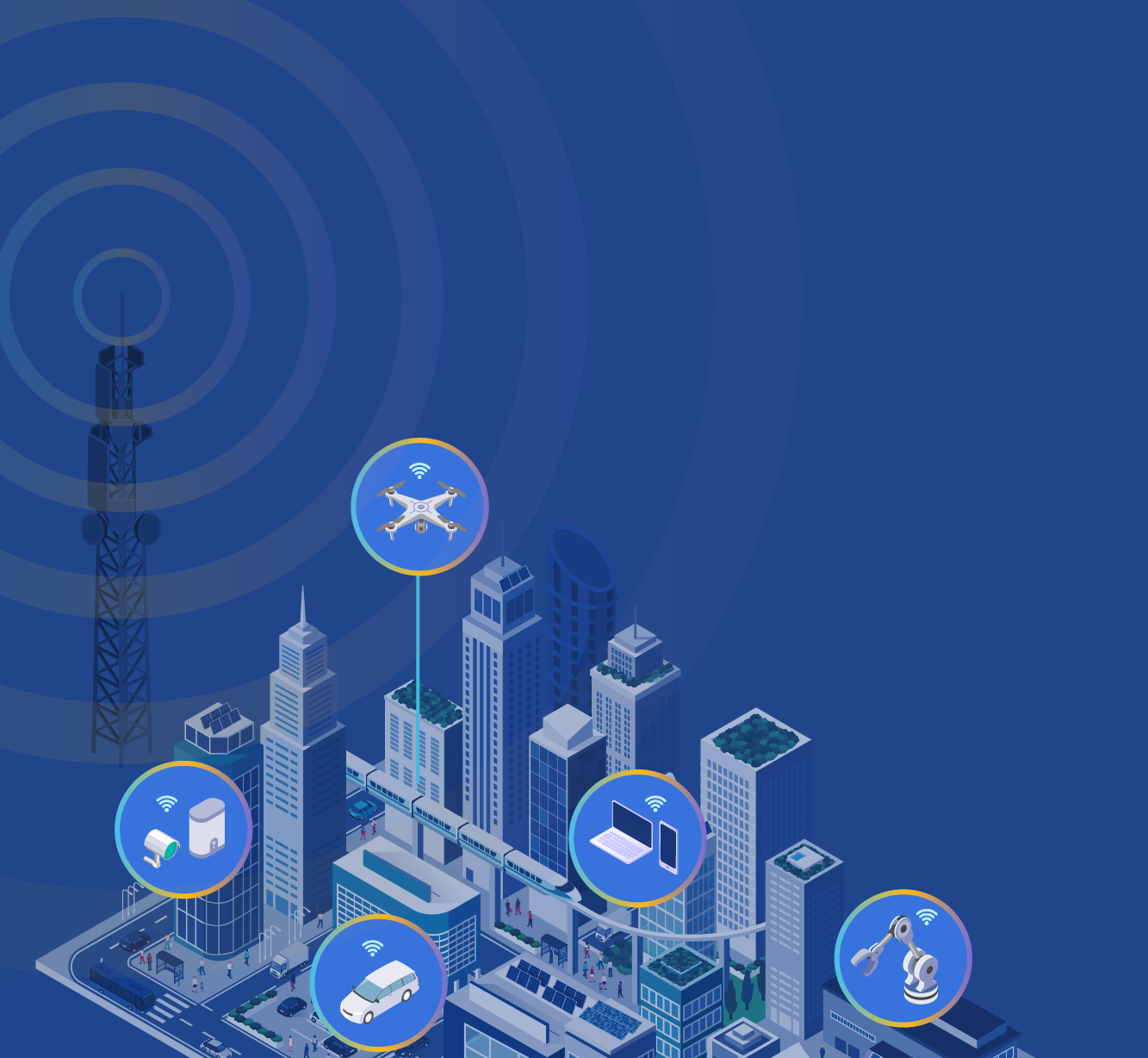True 5G is coming. OK, we know you’ve heard that almost every year since you were born, but 5G is truly close. The problem is that carrier rollouts will be slow and controlled, hitting a handful of communities and then deploying and analyzing results. As a practical matter, CISOs and CIOs shouldn’t focus on 5G’s arrival until it starts showing up in all—or at least most—of the areas where you have customers or employees, along with where you plan to have customers and employees in the near future. Then there’s the labor shortage of workers in the U.S. with the proper skillsets, which could easily add more delays. We’re projecting that 5G deployments will be widespread enough to impact most Fortune 1000 companies by 2026, maybe 2027.
Having just said that, please indulge us while we make the argument why CISOs/CIOs need to focus on this right away: 5-year plans. Few Fortune 1000 companies (and their privately-held counterparts with annual revenue of more than $5 billion, which is roughly where F1000 companies start) today have the network infrastructure and related resources to handle and take advantage of true 5G. That means they have years of network upgrades so that their systems can handle 5G when it is widely-deployed.
Although a lot of this will impact the security of IoT devices, IoT is sucking up all of the oxygen in the room, as that is where many analysts and media outlets have focused. Let’s delve into a key 5G preparation area that will be impacted by 5G’s arrival, where far too few F1000 C-levels are focusing.
The Bandwidth Key Components, 5G Potential
Like any other Internet speed system, 5G will be subject to the five factors that impact all communications: Clockspeed of the unit that is sending the data; speed of the unit that is receiving the data; connection speed (5G in this case); congestion of the Internet at that instant; congestion of the pipe that is transmitting the data to the Internet; and congestion at the receiving end of the transmission (think about a retailer’s site on Black Friday or Dec. 23).
Those practical network speed issues aside, it has been argued that 5G could ideally deliver speeds some 100 times faster than what is widely deployed today. There’s no doubt that there is a healthy dosing of hype in the 100X stat, but if the widely deployed systems even get close much of the time, those speeds could make viable a wide range of systems that will go far beyond getting email faster. Driverless cars, long-range video surgeries, CAD/CAM, and other complex systems—anything that needs to send extremely large files at realtime or near-realtime receiving speeds—could all move to their next-generation.
There’s faster and then there’s functionality-changing faster. Consider when speeds topped 100 MIPS. (OK, we first have to ask “Who remembers when clockspeed was measured in MIPS, Millions of Instructions per Second?”) That was the speed breakthrough that first enabled reasonably accurate voice recognition. Then came the speed breakthrough that made it practical for mobile phones to send video snippets quickly enough for consumer audiences.
True 5G speeds fully deployed will permit advances that many can’t envision now. (And no, we won’t ever ever call this a paradigm shift. In 2020, using that word should have mandated punishments.) Let’s start, though, with the more immediate impacts.
The Forgotten Role Of DNS In A 5G Rollout Strategy
One practical outcome of 5G rollouts will be a massive increase in the number of connected devices, which in turn means a lot more dynamic IP addresses. That forces two issues. One, will carriers and other network-providers be able to keep up with the rollouts? Two, will large enterprise CIOs and CISOs be able to keep up with network DNS expansions/upgrades in every one of their geographies?
Also, DNS servers don’t live in vacuums. These efforts also need upgrades for DHCP as well as IPAM, aka the DDI acronym. (How can one not love an acronym that references three other acronyms?)
This is where the 5-year plans play a key role. These upgrade/expansions need specialized skills, non-trivial investments, and—most critically—lots of time to complete. Enterprises that opt to wait for a significant 5G rollout in their key geographies before tackling DDI systems will find themselves at a steep competitive disadvantage. Customers, employees, and partners will scream that 5G is in their areas and yet they can’t take advantage of it. It will be hard to argue with that, given that ramped-up rollout plans were crystal clear way back in 2020. This is hardly a situation where C-levels can argue that the 5G buildout wasn’t easily anticipatable.
A Geography-Based Strategy
Let’s dig a little deeper into those geographies. The enterprise CIO and CISO already know their current geographies and their 5-year-plans and their associated budgets provide a decent roadmap to new geographies they plan to move into—either directly or through mergers and acquisitions—in 2026, along with geographies where they plan to shut down current operations. Discuss those plans confidentially with the top carriers (don’t forget that your preferred carrier partners of today could easily change by 2026, especially as you move into new regions.) It’s also a good idea to work with firms that play in that space, as they can make this process go so much more smoothly.
Once you can map your best guesses as to where your operation will exist geographically in 2026 and overlay that on top of the NDA plans of the top carriers, you will have an actionable 5G plan and can start upgrading DDI and other systems right away. Start now and the chance of being able to overtake your rivals—allowing your customers/employees/partners to reap the 5G benefits faster than competitors—is high.











